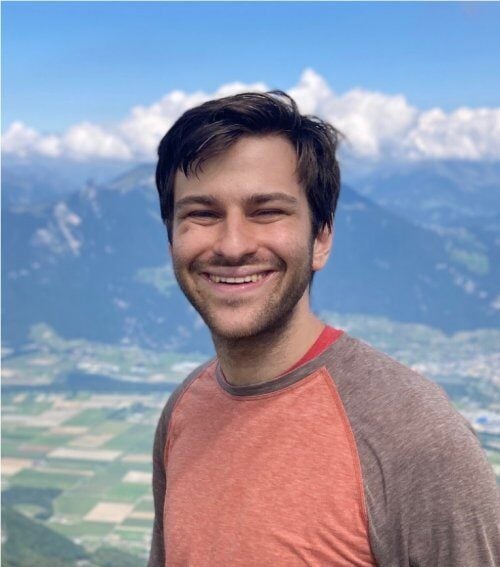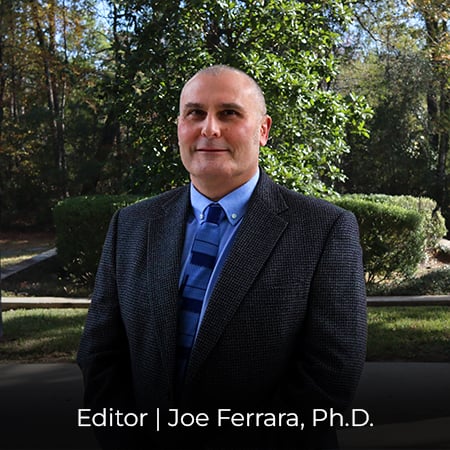Have you encountered difficult-to-determine crystal structures in battery electrode materials? Knowing the atomic-level crystal structures of battery materials is critical to understanding, and ultimately improving, battery performance. However, battery-grade electrode materials feature small particles and are often poorly crystalline, presenting major challenges for traditional crystallography. Powder diffraction is frequently employed, but often the important structural details cannot be reliably extracted from these data. Micro-ED presents an exciting opportunity in this space, as high-quality single crystal electron diffraction patterns can be collected on individual micro-crystals extracted from working battery electrodes.
Here, we demonstrate the use of micro-ED to study the structural evolution of sodium-ion battery cathode materials for next-generation inexpensive batteries. During charge and discharge, sodium-ion cathodes undergo numerous phase transitions to accommodate sodium ions being removed and added. This crystal structure evolution controls the voltage, usable capacity, and long-term stability of the battery. Subtle superstructures driven by sodium-vacancy ordering and Jahn-Teller effects are especially important, but very difficult to detect with powder X-ray diffraction. We demonstrate the utility of electron micro-ED to determine these structures. Single crystal electron diffraction patterns are collected on individual particles of battery-grade cathode materials, and used to solve sodium-vacancy orderings that were previously unsolved, helping to better understand the performance bottlenecks of sodium-ion battery cathodes.
Downloads
Download: Revealing Atomic-Level Battery Material Structures with Electron Diffraction
- Alsaç, Nelson, Yoon, Cavallaro, Wang, Sandoval, Eze, Jeong, McDowell, Characterizing electrode materials and interfaces in solid-state batteries, Chem. Rev. 125 (2025) 2009–2119
https://doi.org/10.1021/acs.chemrev.4c00584 - U.S. Department of Energy, How Do All-Electric Cars Work?, Alternative Fuels Data Center (accessed July 9, 2025).
https://afdc.energy.gov/vehicles/how-do-all-electric-cars-work - Battery Design, Battery Cell Ragone Plot (accessed July 9, 2025).
https://www.batterydesign.net/battery-cell-ragone-plot/ - Märker, Reeves, Xu, Griffith, Grey, Evolution of Structure and Lithium Dynamics in LiNi0.8Mn0.1Co0.1O2 (NMC811) Cathodes during Electrochemical Cycling, Chem. Mater. 31 (2019) 2545–2554
http://dx.doi.org/10.1021/acs.chemmater.9b00140 - Kaufman, Van Der Ven, Antiphase boundary migration as a diffusion mechanism in a P3 sodium layered oxide, Phys. Rev.. Materials. 5 (2021) 055401.
https://doi.org/10.1103/PhysRevMaterials.5.055401 - Steele, Genreith-Schriever, Bocarsly, Nagle-Cocco, Sayed, Juramy, O’Keefe, Orlandi, Manuel, Dutton, Grey, Structural Elucidation of Na2/3NiO2, a Dynamically Stabilized Cathode Phase with Nickel Charge and Sodium Vacancy Ordering, Chem. Mater. 37 (2025) 2581–2591.
https://doi.org/10.1021/acs.chemmater.5c00084 - Qian, Zhang, Li, Zhang, Xu, Cheng, Xie, Wang, Rao, He, Shen, Chen, Tang, Ma, Energy Storage Mater. 27 (2020) 140–149
https://doi.org/10.1016/j.ensm.2020.01.027 - Alsaç, Nelson, Yoon, Cavallaro, Wang, Sandoval, Eze, Jeong, McDowell, Characterizing electrode materials and interfaces in solid-state batteries, Chem. Rev. 125 (2025) 2009–2119
https://doi.org/10.1021/acs.chemrev.4c00584 - Please watch episode 3 of this series for more details on sample preparation.
https://rigaku.com/products/crystallography/electron-diffraction/webinars/synergy-ed-series/03-microed-workflow - Zülke et al. Batt. & Supercap. 4 (2021) 934-947.
https://doi.org/10.1002/batt.202100046 - Saha, A., Evans, M., Holton, T., Rodriguez, J.A., FAES: Factors of Atomic Electron Scattering, Acta Cryst. A77 (2021) a50.
https://doi.org/10.1107/S0108767321000505
About the presenter

University of Houston | Houston, TX, USA
Dr. Joshua Bocarsly is an Assistant Professor in Chemistry at the University of Houston and a Principle Investigator at the Texas Center for Superconductivity (TcSUH). His research focuses on discovering, characterizing, and controlling advanced inorganic materials for applications in batteries, computing, and energy conversion. He is also engaged in advancing digital laboratory data management to enable greater reproducibility and sharing of scientific data.
After completing his undergraduate in Chemistry from Princeton University in 2015, Dr. Bocarsly received his Ph.D. in Materials in 2020 from UC Santa Barbara. In Santa Barbara, he studied magnetocaloric materials and skyrmion host materials under the joint mentorship of Profs. Ram Seshadri and Stephen Wilson. He then moved to the University of Cambridge to complete a postdoctoral fellowship studying next-generation battery cathodes in the group of Prof. Clare Grey. He joined the University of Houston faculty in Fall 2023. Want to learn more? Connect with Asst. Prof. Joshua Bocarsly LinkedIn .

Contact Us
Whether you're interested in getting a quote, want a demo, need technical support, or simply have a question, we're here to help.

Subscribe to the Crystallography Times newsletter
Stay up to date with single crystal analysis news and upcoming events, learn about researchers in the field, new techniques and products, and explore helpful tips.


